I am required to identify the Postal/Zip code for each record in a dataset which contains location information in the following format hosted in an SQL server DB,
For identifying Postal/Zip codes for a location I'm using the information provided by Geo Names which is in the format Country code, Postal code, Place, data1, data2, data3, data4, latitude, longitude and accuracy as follows in a text file,
How can I identify the zip code for each record in the first dataset (checking whether a locations lat lang falls within the lat lang of a zip code). I have attempted to identify any previous problems related to this topic but I could only find this question where the answer does not elaborate on the procedure or calculation required to arrive to the answer (only provides a language specific solution).
Ps. This is a requirement that arose for my undergrad final year project.

